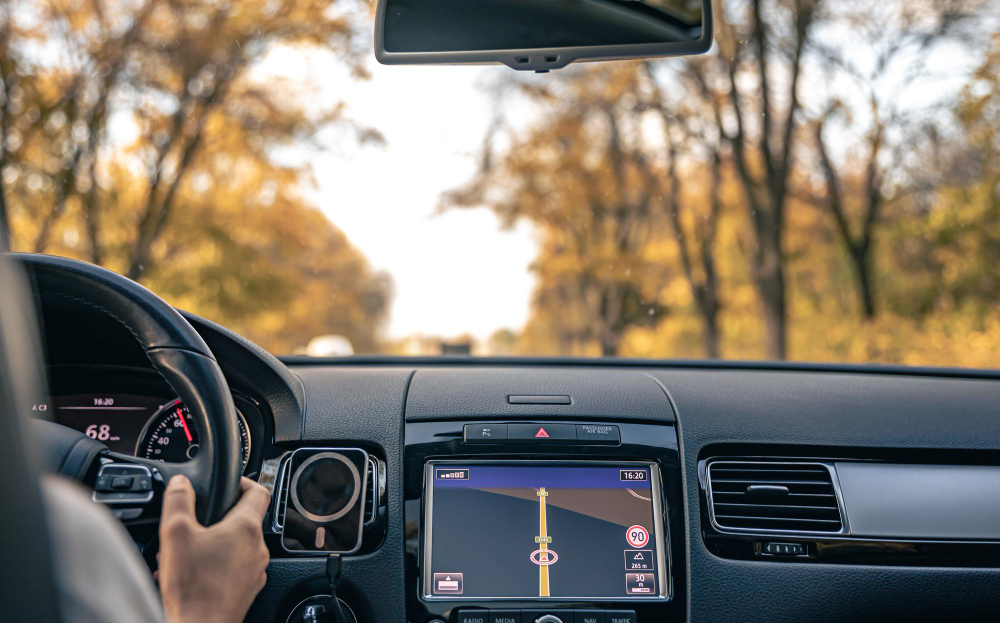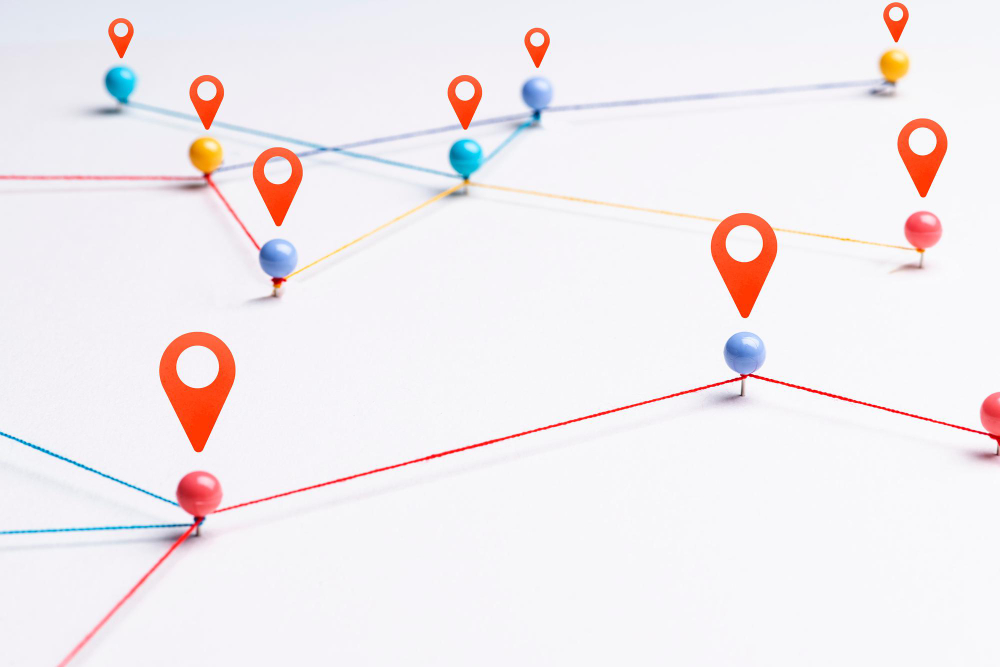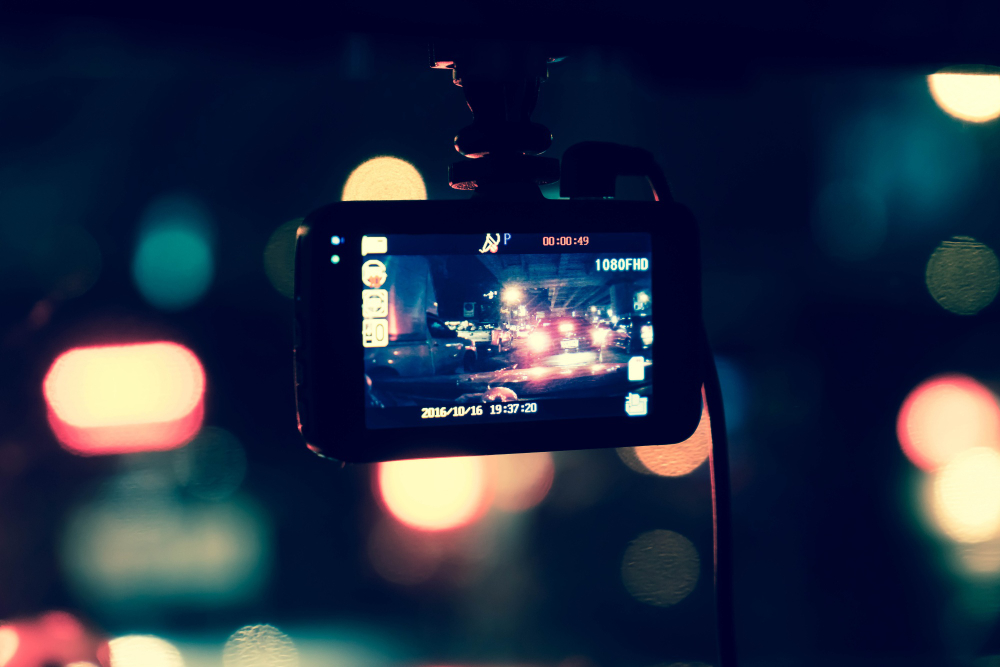Vehicles can be used in many ways by perpetrators to trace where you have been, or to track your current location.
Sat-Navs
Most sat-navs will keep a log of your previous journeys, this may include the date and time. Whilst this is useful for many people when wanting to easily find the address or repeat a previous journey, it can put you in danger if you are attending a sensitive location, such as a police station, health services, refuge, etc, and do not want the perpetrator to know.
Suggested actions:
- Set the satnav to a nearby location rather than the exact place you are going, for example a nearby supermarket. This creates an ‘alibi’ if the perpetrator checks or asks where you have been. You may want to buy something from the shop to further support your ‘alibi’.
- If deleting sensitive locations from the satnav, ensure this is done prior to returning home to avoid the perpetrator seeing, for example before setting out for home or parking safely somewhere along the way home.
- If you have an account associated with your sat-nav, remove the perpetrator’s access.

Remote Vehicle Tracking
Some newer cars have companion apps that can track the vehicle and access features remotely using a phone. If a perpetrator has access to the account connected to your vehicle, or your phone, they can track it’s location, lock or unlock it remotely, and may be able to activate other features such as the heating settings. Where possible, do not share a joint account or your account details.
The National Cyber Security Centre have guidance on how to recover online accounts if your account has been hacked.

Tracking Devices Placed onto Vehicles
As mentioned in the AirTag and Bluetooth Tracking Devices section, these trackers can be hidden inside vehicles in the same way as within smaller possessions. Larger specialist devices can be hidden within a vehicle, these can either be battery powered or powered by the vehicle itself (these will stop transmitting once the engine has been turned off). Like the AirTags and Bluetooth trackers, these devices may also have the ability to double up as a listening device within the vehicle.
Suggested actions:
- Report to the police if you believe there is a tracker on your vehicle. Police have specialist equipment to check vehicles for tracking devices.
- Alternatively your mechanic or car dealerships may be able to check the vehicle for any tracking devices.

Dashcams
Dashcams are a handy safety tool that record what happens during a vehicle’s journey. However, they can also be used by perpetrators to find out where you have been. Some dashcams also record inside the vehicle as well as outside.
There are numerous ways dashcams store and send recorded footage and will vary depending on the brand. Some use MicroSD cards which can be removed and inserted into a device (such as a laptop) to transfer the footage, or over Wi-Fi. Some dashcams upload footage to a cloud storage, whereas others can livestream footage.
Suggested actions:
- Similar to the advice within the Sat-Nav section, if attending a sensitive location, attend a nearby location rather than the exact place you are going, for example a nearby supermarket.
- If deleting footage from dashcams, ensure this is done prior to returning home to avoid the perpetrator seeing, for example before setting out for home or parking safely somewhere along the way home.


